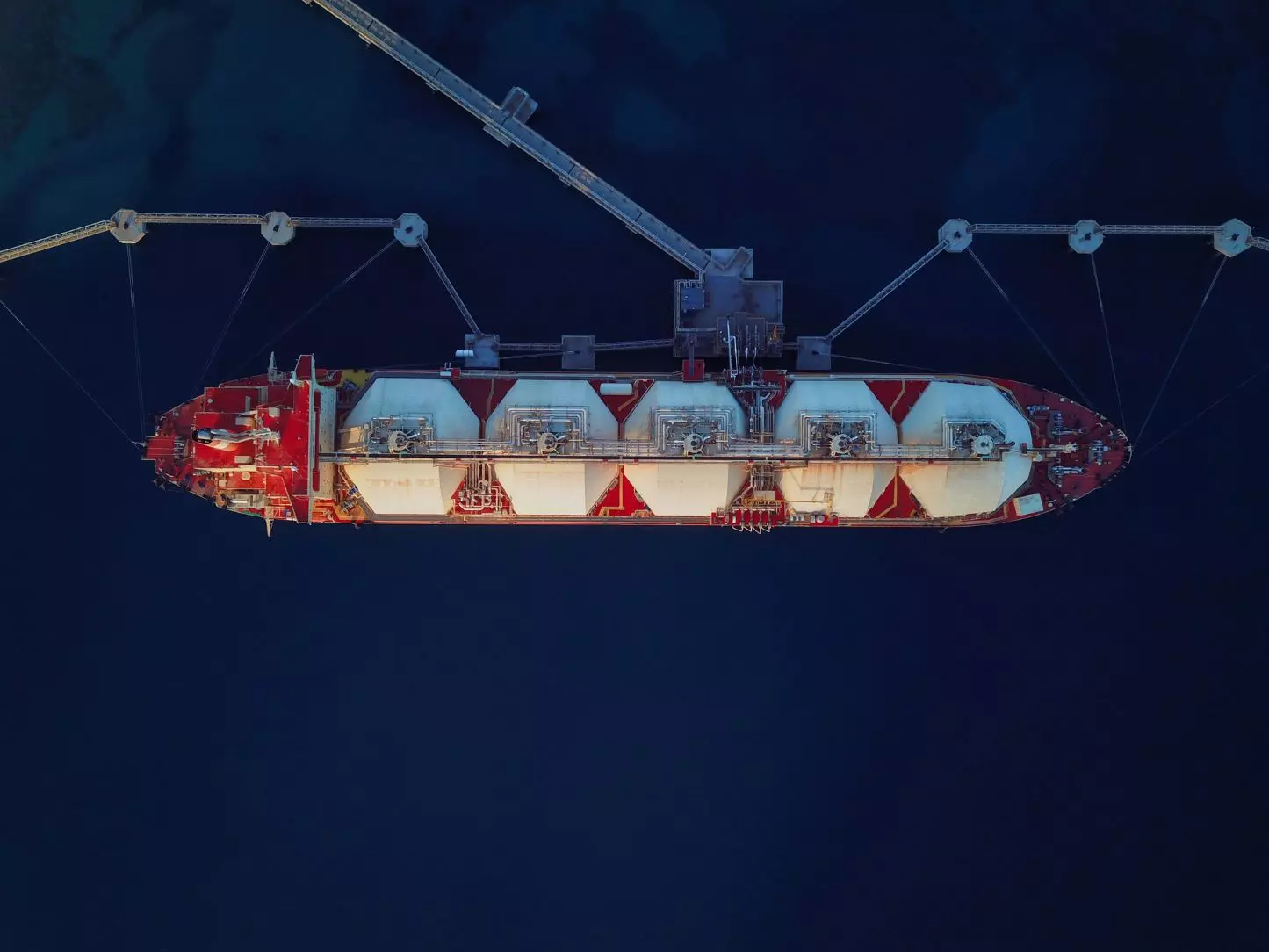On 24 February, the aggression against Ukraine began: one of the most consulted maps of how Europe would change was that of energy supplies from Russia, an infographic of unsustainable dependence. After that shock, anticipated by a long period of rising prices, the energy policies of EU countries changed completely. In the background is the ecological transition, driven by the Green Deal and the prospect of zero emissions. However, the metamorphosis had more immediate needs, energy security in the short term: getting through the winter without leaving Europeans in the cold.
Two phases can be identified. The first, in the months following the invasion of Ukraine, was focused on energy supply. The countries most exposed to Russian gas dependency, Italy and Germany, rushed to find new suppliers. Imports increased from the USA, Algeria, Qatar, Azerbaijan, Egypt and several other African countries. For this strategy it was necessary to increase the capacity to absorb liquefied gas arriving by sea by new regasifiers, five for Germany, two for Italy. It is a risky choice, because these investments in fossil fuel infrastructure take decades to be absorbed.
The second phase was more demand-driven, a socially more sensitive issue because it affects consumption and involves a reconfiguration of lifestyles. In May, the EU unveiled the plan RePower EU 210 billion plan, with the goal of achieving independence from Russian gas in the next three years. A quarter of investments go to savings and efficiency: it is a cultural revolution as well as a political one. The Commission's target is to reduce consumption by 15 per cent until March: ‘Safe gas for a safe winter’ was the title of the communication. Without affecting the denominator, i.e. the amount of energy consumed, countries are unable to break free from Russian dependence.
The race to reduce consumption has begun to affect the habits of EU citizens on a scale not experienced in generations. The Italian government's plan was released in September: with a series of proposals, from not using washing machines unless fully loaded, to not leaving appliances on stand-by, and the request to lower temperatures by 1 degree in homes and offices and to shorten the heating season by two weeks. Measures that will allow Italy to cut gas consumption by 5.3 billion cubic metres, with an additional 2.7 billion cubic metres if citizens comply with lifestyle requirements.
There will be greater integration between the countries, to respond in a coordinated manner to emergencies, as Putin has shown his ability to play with flows in response to sanctions and war developments. Gas is priced at the Title Transfer Facility (TTF) in Amsterdam, the home of a volatile and unstable market. The cost of the resource is influenced by a number of factors ranging from extraction difficulties to distances, seasonal cycles and geopolitical dynamics. Russia used supply to alter the dynamics of supply and demand already in the months leading up to the war. One of the means is the shutdowns of the Nord Stream 1 gas pipeline, connecting Russia to Germany via the Baltic, often stopped for maintenance deemed suspicious by many observers (while the operation of the Nord Stream 2 pipeline has been halted since the outbreak of war).
The solidarity mechanism envisaged by the European regulation provides for an exchange of gas flows to countries in difficulty. France is ready to send gas to its German neighbour, should it find itself in a shortage, and likewise Germany is willing to increase the flow of electricity to France, which has experienced a difficult summer for its nuclear power plants, due to drought and ongoing technical problems. France's difficulties also cast serious doubts on the feasibility of nuclear power as a way out of the crisis, a theme present in the Italian election campaign.
Nuclear power also has a long lead time, while the European strategy aims to rid the EU of Russian gas in the short term. One of the tools proposed to get out of this is a cap on gas prices. On the price cap, there are doubts about its practical effectiveness. Germany and Austria are against it; according to Economics Minister Robert Habeck, the EU does not have the strength to impose a price cap at the moment and risks finding itself without 20 billion cubic metres of gas by the end of the winter. The decision was moved forward by one month.
The long-term alternative is the transition to renewables, which guarantee both independence and sustainability. The effort towards solar and wind power is one of the pillars of the RePower Eu plan, although this progress depends on the strategies of individual countries. The most ambitious plan among the large countries is that of Germany, which has the goal of increasing the share of renewables to 80 per cent of the electricity mix by 2030, the largest energy transformation project ever undertaken by Berlin, which has also signed a joint offshore wind development pact with Denmark, a model of cooperation that we will see often in the coming years. For Italy, the plan of the Ministry of Ecological Transition is to streamline bureaucracy to unblock investment in more than 420 renewable plants stuck in the grid of authorisations and reach a rate of 8 GW per year. Over the past three years, the progress of renewables has been at a standstill, with Italy adding in a year what Germany added in a month. The installation targets are realistic, provided the bureaucratic and procedural obstacles that have held back its development are removed. An ambitious but necessary perspective.
